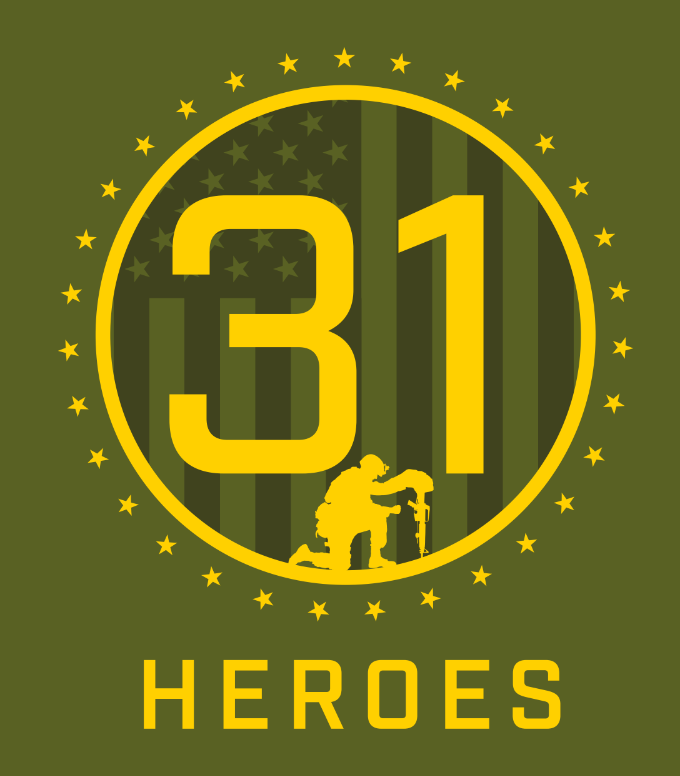Defensive Teaching Points
Written on . Posted in Defense.
The defensive principles outlined below focus on individual, group, and team defense. These are essential principles for all players, regardless of position. Defensive excellence in lacrosse relies on playing with your head, legs, and heart. We believe that mastering these techniques can develop outstanding defensive players.
- Keep body and feet moving.
- Keep the stick on the stick side of the offensive player.
- Use your field sense to identify the areas that are most advantageous for checks to be thrown. Do not create offense. This means playing under control and using sound fundamentals in body and stick positioning.
- Keep the stick in front, not side by side, equal, or above the hips. Do not allow the offensive player to get into your hips. Use the length of your stick to create distance.
- Do not telegraph the check. A quick check and return the stick to its original position.
- Do not overcheck. The quality of checks is more important than the number of checks.
- Keep the check under control. The force and power come from your forearms and wrist. A long delivery time will allow the offensive player to react and dodge away or create a foul by the exaggerated motion.
- Listen to your goalie, particularly on hold and check calls.
- When playing off-ball defense, maintain a defensive triangle position: man-back-lane. Play slightly to the ball side so you gain a step as he cuts toward the ball. If he cuts away from the ball, the pass must go over your head, which leaves you in a good position to intercept or check his stick. Stand in a position where you can use your peripheral vision to slide, double-team, or step to your man as he receives a pass.
- Constant communication is essential to individual and team success. Calls are made by the goalie to move players into the correct positions. They are also made by individual players backing up the ball. This includes the pick: go, switch, and bingo. Examples of goalie calls would be ball position, hold, and check calls.
- Be physical when sliding with the body, stay square to your opponent, and prevent further progress toward the goal.
- If your opponent successfully dodges you, recover by chasing and trailing the back elbow to be in a position to throw a check when he attempts to pass, feed, or shoot.
- After your opponent passes the ball, recover by stepping away from him into your defensive triangle position. This allows you to be in a backer slide position with your stick in the passing lane. Look in the direction of the thrown pass; do not turn your back on the ball or your man.
- If the ball is out front, you should be positioned above the goal line extended; if the ball is behind, drop lower to the crease area.
- Use communication to avoid switches when possible. Switching may create a potential mismatch. Always maintain position between your man and the goal; this will prevent a pick-and-roll play.
- When the ball is loose in the crease area, check sticks and bodies to allow the extra defensive player (goalie) to play the loose ball or rebound.
- When the defensive team has gained possession, become active in the clearing game by breaking out to the corners or getting up the field.
